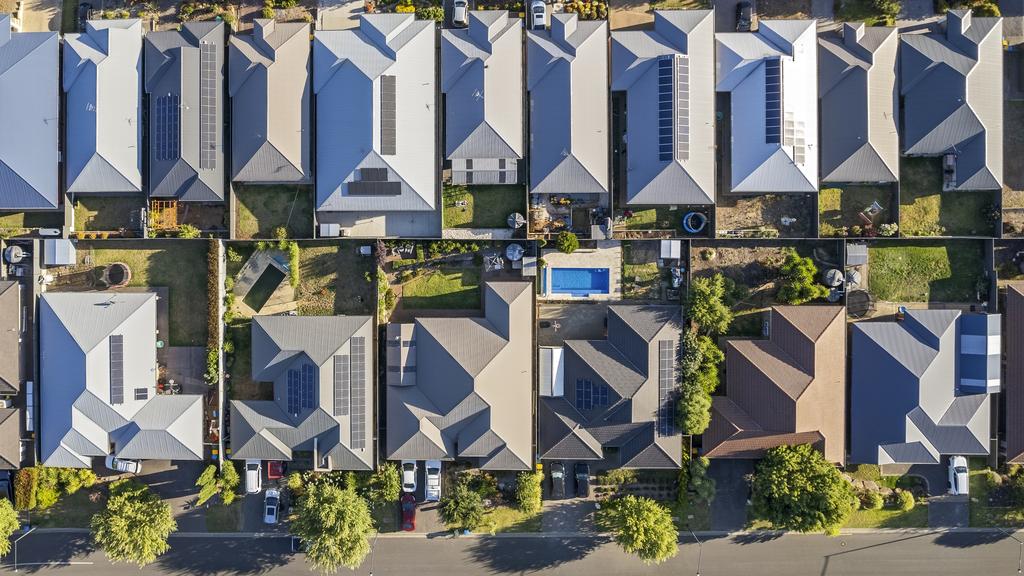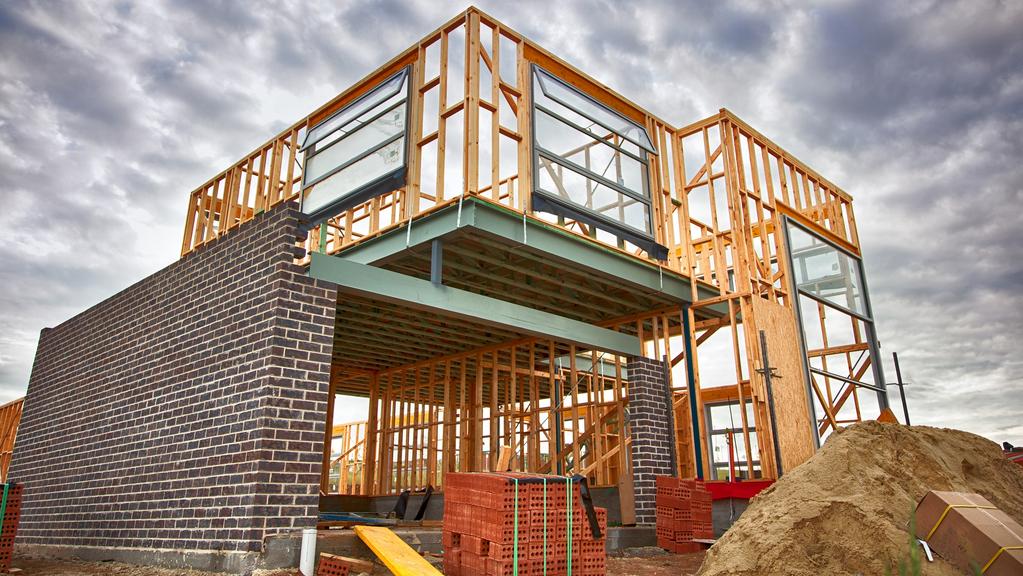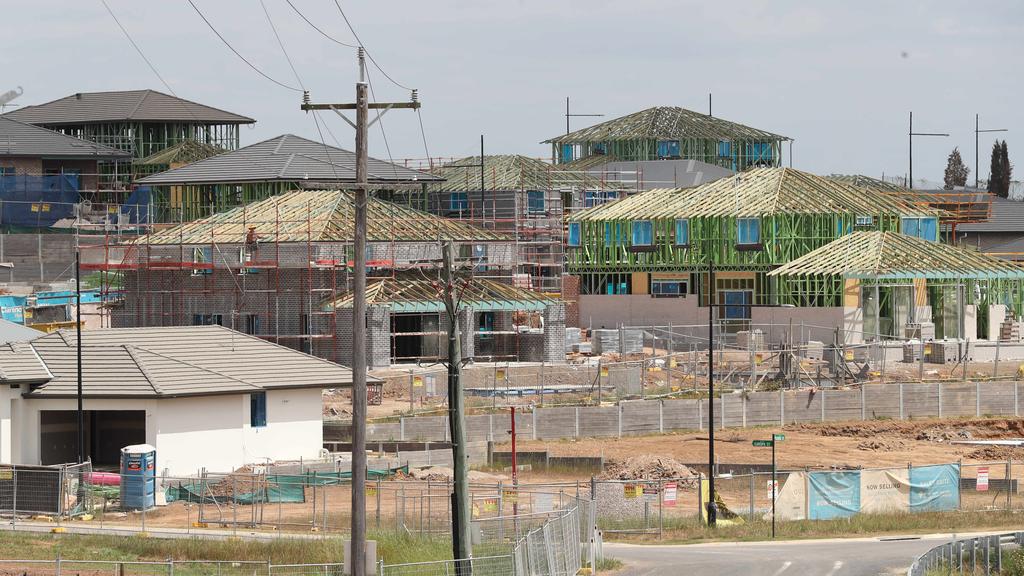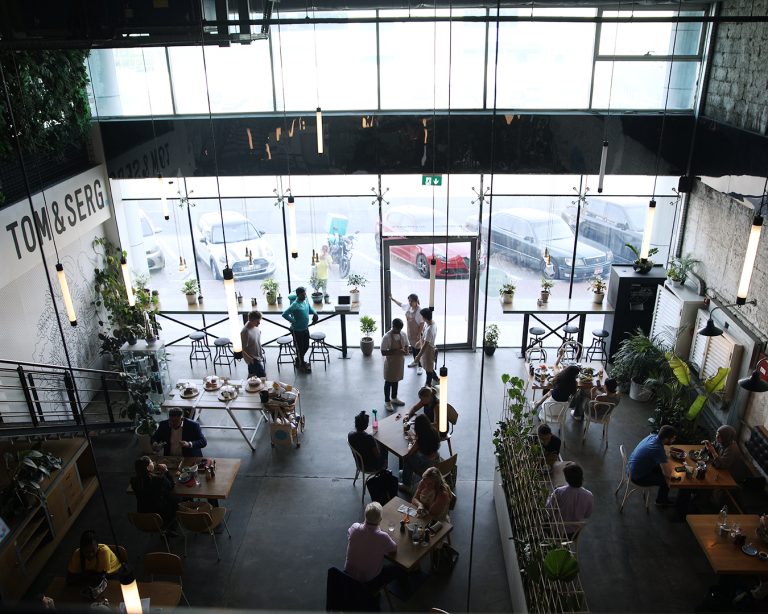Home construction to fall ‘hundreds of 1000s short’ of targets

Home construction will start off from a stalled start.
Australia will fall hundreds of thousands of homes short of the Albanese government’s housing targets as buyer appetite to build remains dampened by interest rates and builder insolvencies.
Independent economist Harley Dale said he believed Australia would have a new home building shortfall of more than 70,000 homes in the first 12 months of the Albanese government’s plan to build 1.2 million homes in five years.
“We will fall well short of that, mainly because of the weak start,” Mr Dale said.
“Next financial year, 2024-25, we’re still going to be building in the 160,000s. By my numbers, we need to actually build about 241,000 homes.
“That shortage will accumulate, and towards the end of this decade we are going to be hundreds of thousands of homes short of what the population requires.”

Economist Harley Dale.
Building approvals and commencements remained at decade-low levels throughout last year. While persistent land, labour and material shortages remained an issue, the lagged impact of interest rate rises and reporting of builder collapses had a “disproportionate negative effect on the detached housing”.
“That’s just making people a little bit coy for a little longer,” Mr Dale said.
Businesses in the construction industry accounted for almost a quarter of insolvencies in the December quarter of 2023, according to the latest figures from the Australian Securities & Investments Commission.
Mr Dale said he believed building approvals would slow further this year, and would not return to normal levels until the 2026 financial year – more than a year into the federal government’s big build plan.
“By then there will probably be a fairly meaningful decline in interest rates, which will start to have a positive impact on the market, but in the interim the outlook is fairly ordinary,” he said.
There is home-building work in the pipeline. However, those that remain are running near capacity.
“There’s a capacity issue in the sense that the new home building market has shrunk disproportionately more than the underlying demand that is still there for housing,” Mr Dale said.

Home starts will take time to normalise.
“It just reflects this confluence of factors … that are getting in the way of Australia’s ability to supply as many homes as we would like.”
A recent Housing Industry Association-CoreLogic residential land sales report revealed that the cost of land rose 3.1 per cent in the year to the September quarter of 2023, with the median block costing buyers $340,000.
Prices had more than doubled over the past decade in Sydney ($295,000 to $661,250) and Melbourne ($205,000 to $420,000). While costs also increased twofold in Hobart, from $135,000 to $275,000, the size of lot sizes is the largest in the country at 635sq m. The cheapest capitals to buy land are Adelaide ($250,000) and Perth ($269,000), although the size of land in the West Australian city is among the country’s smallest, on par to Sydney at 350sq m.
HIA senior economist Tom Devitt said costs were at a record high, adding that there was not enough suitable land to hit end-of-decade housing targets.

Land size is shrinking while costs are rising. Picture: David Swift/AAP Image
“It would further require the release of more shovel-ready residential land into the market, which the data suggests has fallen to levels inconsistent with required levels of home building,” Mr Devitt said.
Julian Coppini, chief executive of residential property firm Oliver Hume’s project marketing division, said positive signs were emerging in the land market to counterbalance the challenges of lower demand, affordability and higher interest rates.
Analysis of on-the-ground activity by Oliver Hume found land markets are gathering pace in South Australia and booming in southeast Queensland, but still struggling in Victoria.
“The outlook for the new residential land market over the medium to long term remains positive. Although land supply challenges in various markets will remain, continued population growth is expected to ensure robust underlying demand for metropolitan and regional greenfield locations well into the future.”







